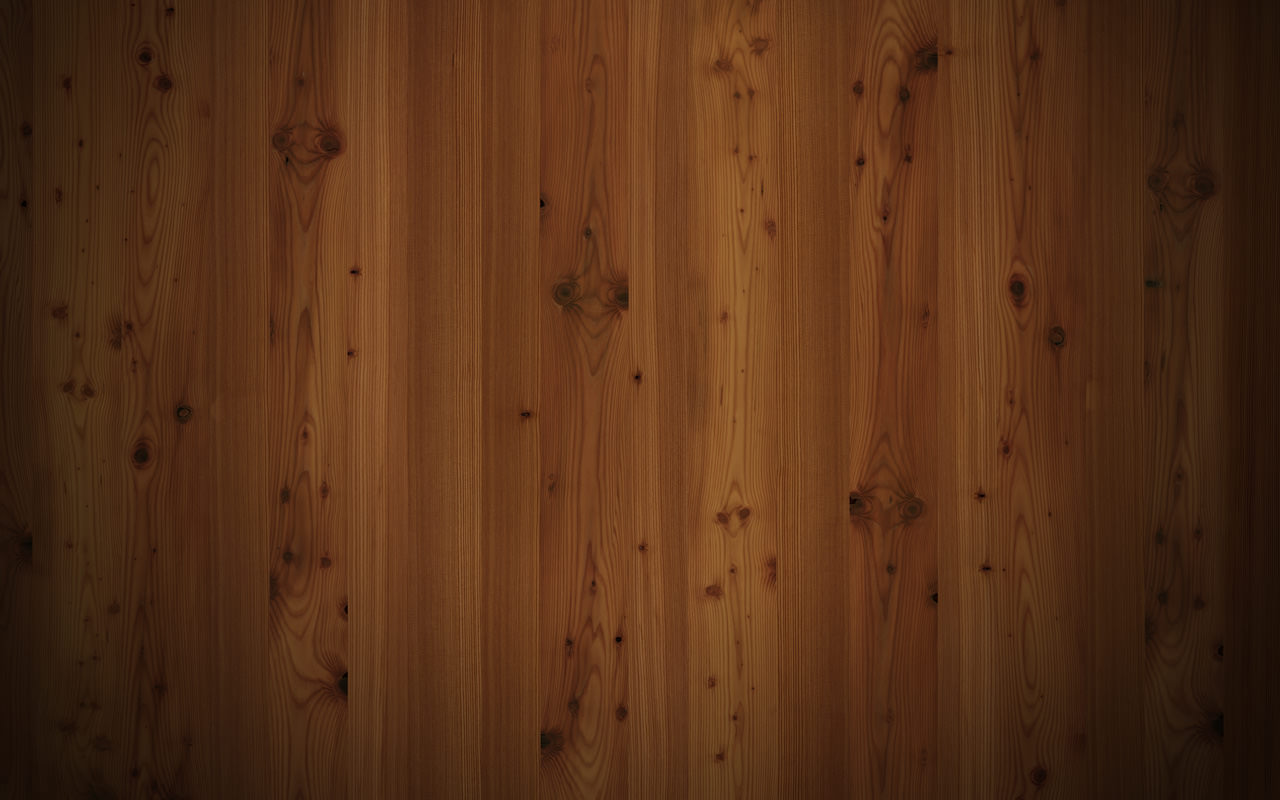

cartilage to augment the dorsum as a free graft without
the use of fascia.
9
He used a modified 3-mL syringe to
serve as a trough in which he placed diced cartilage
cut to 0.5 mm or smaller. The syringe was cut in a
diagonal fashion along its long axis to create a sloping
trough measuring approximately 1.0 cm wide and 3.0
to 4.0 cm long. He solidified the diced cartilage by
using a few drops of human tissue sealant. This cre-
ated a graft that was sufficiently rigid to enable trans-
ferring the graft from its plastic mold to the nasal
dorsum.
I was fascinated with this unique method of prepar-
ing a cartilaginous graft and decided to use it in
patients who required augmentation of the dorsum of
greater than 3 mm. I would like to share my early
experience and some helpful suggestions for surgeons
who might wish to use this technique. I have used the
Tasman technique for dorsal augmentation using cos-
tal cartilage as well as septal and auricular cartilage.
First, it is difficult to use a scalpel to diagonally cut a
plastic 3-mL syringe longitudinally. A handheld
battery-operated heat cautery device used for ophthal-
mological surgery is more effective in cutting the
syringe than using a scalpel (
Figure 1
). However, I
am in the process of working with a surgical instru-
ment company to develop variable sizes of metal
troughs that can be used as a mold for the diced carti-
lage. Recently, I used the trough of an Aufricht retrac-
tor (10 mm 45 mm, solid blade) as the mold for the
diced cartilage. Another instrument that could be used
is a Cobb gauge (9.5 mm).
Cartilage used for the graft should be cut into
0.5-mm pieces or smaller. This is most effectively
accomplished using a number 10 scalpel blade and a
cutting block. The diced cartilage is then placed
within the plastic mold and compacted using a freer
elevator so that the cartilage assumes the shape of the
trough with an outer curvature equal to the circumfer-
ence of the trough (
Figure 2
A). This is approxi-
mately 1 cm and corresponds nicely with the ideal
width of the nasal dorsum. In the center along the
long axis of the trough filled with diced cartilage, a
shallow groove is created if the recipient site on the
dorsum has a convex contour. This groove will accom-
modate the convexity and possibly help prevent side-
to-side movement of the graft once it is placed over
the dorsum. If the recipient dorsum is a flat plateau,
the plastic trough is completely filled with diced
cartilage and no groove is created. I use a 2-mL pack-
age of Evicel (Omrix Biopharmaceuticals Ltd) tissue
sealant as the solidifying agent when preparing the
diced cartilage. This material is provided as a single-
use kit consisting of 2 vials: one vial contains Throm-
bin, which is a sterile solution containing highly puri-
fied human thrombin and calcium chloride, and the
other vial contains Biological Active Component 2
(BAC2), which consists mainly of a concentrate of
human fibrinogen. Fibrinogen is a protein from
human blood that forms a clot when combined with
Thrombin. Each vial is transferred to an individual
3-mL syringe. The syringe is attached to a 21-gauge
needle. Two or 3 drops of Thrombin are applied to the
trough first, and then the diced cartilage is added. If
the cartilage is too saturated with the Thrombin, the
cartilage is held in place with a freer elevator while
tilting the trough slightly to drain off excess Throm-
bin. The excess may also be eliminated by touching
the graft material with nonadherent surgical dressing
(Telfa; Covidien). The cartilage is then compacted and
molded into the desired shape with a freer elevator.
Then, 2 or 3 drops of fibrinogen (BAC2) are distrib-
uted evenly over the entire surface of the diced
cartilage. The quantity of fibrinogen should be just
sufficient to fill the spaces between the fragmented
cartilage. It is gently massaged into the cartilage with a
freer elevator. The fibrinogen rapidly diffuses through
the pieces of cartilage to react with the Thrombin.
Within 3 to 5 minutes, the diced cartilage is solidified
into a semirigid graft conforming to the size and shape
of the plastic trough (Figure 2B). It can be gently lifted
Figure 1.
A 3-mL syringe cut in a taper along the long axis creates a trough
that serves as a mold for diced cartilage.
A
B
Figure 2.
A, Diced costal cartilage compacted in syringe mold; B, diced
costal cartilage graft solidified by tissue sealant.
ARCH FACIAL PLAST SURG/VOL 14 (NO. 6), NOV/DEC 2012
WWW.ARCHFACIAL.COM











